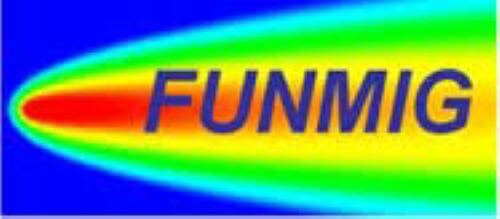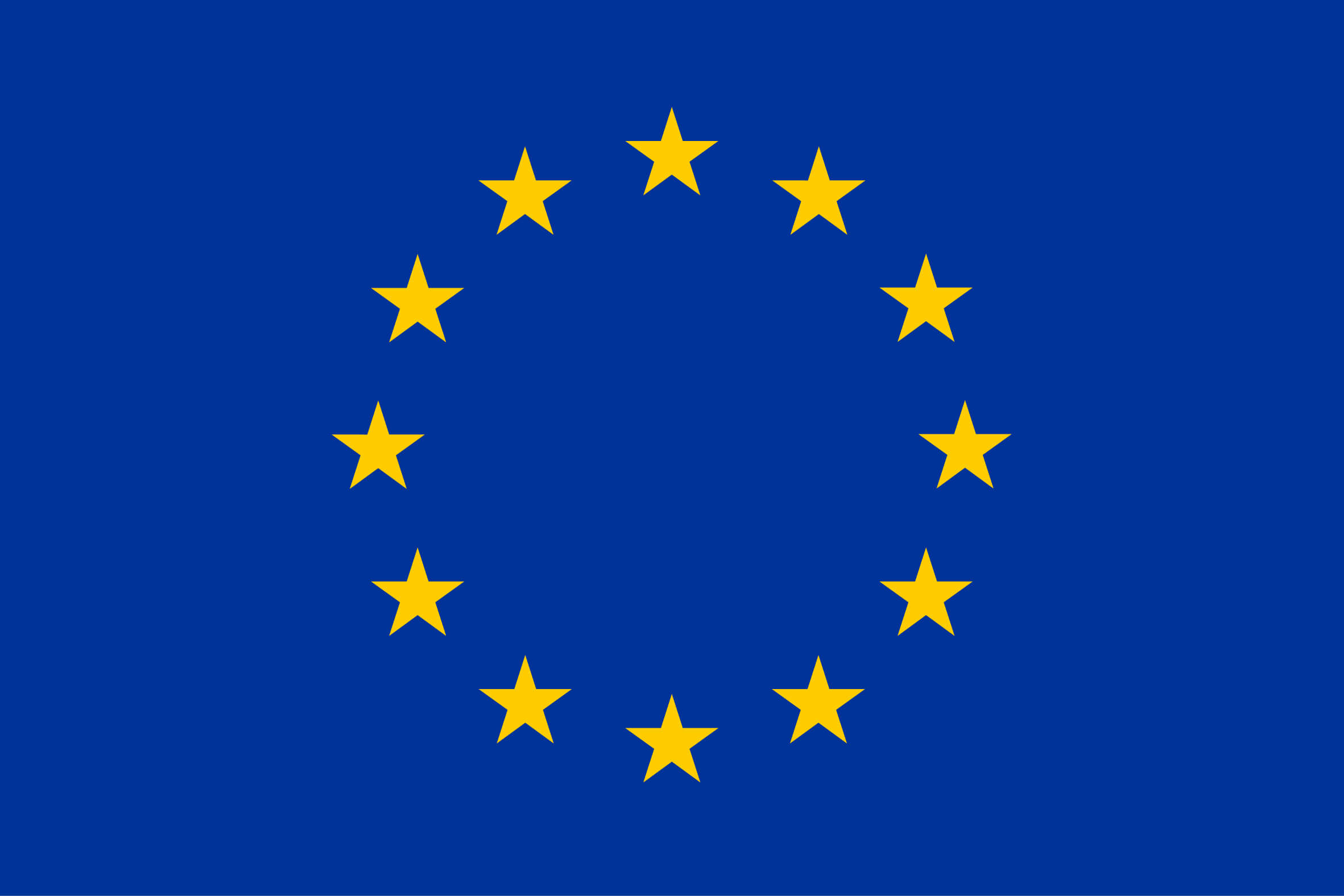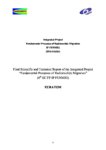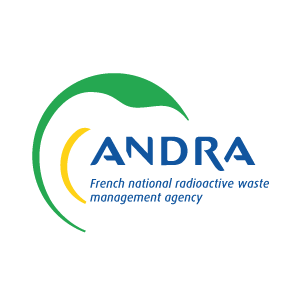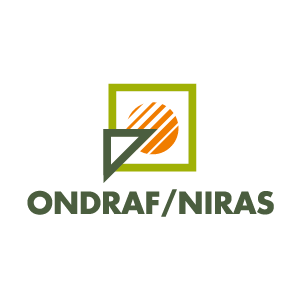FUNMIG: FUNdamental processes of radionuclide MIGration
FUNMIG (FUNdamental processes of radionuclide MIGration) was an Integrated Project (IP) that ran for four years and succeeded in its aim of improving understanding of the fundamental processes of radionuclide migration in rock. The focus of the project was on rocks, radionuclides and processes relevant to the safety of deep underground nuclear waste repositories.
Overview
Project Dates: 01/01/2005 – 31/12/2008
Project Status: Closed
Website: N/A
The host rock in which a nuclear waste repository is built forms an important part of the barrier system preventing the escape of contained radionuclides to the accessible environment. Consequently, an understanding of the migration of radionuclides through the relevant rocks is important for the assessment of the long-term safety of a nuclear waste repository.
The EC Framework Program Integrated Project FUNMIG ran from 2005 to the end of 2008 and had a goal of strengthening and validating the Safety Case that may be made for a repository by developing knowledge about the fundamental processes of radionuclide migration in relevant rocks. FUNMIG supported a broad programme of experiments, modelling and field studies to this end. Ultimately, it significantly supported and increased confidence in the simplified transport and retardation models used for calculating radionuclide transport through host rock in repository Performance Assessment (PA).
Objective
The FUNMIG project dealt with the migration of radionuclides in the far-field of nuclear waste repositories in the three different host-rock types presently under investigation in Europe, namely clay, crystalline and salt. The overall objectives of the project were to:
- Improve the knowledge-base for assessment of the long-term safety of a nuclear waste repository in the three host-rock types presently considered in Europe.
- Provide tools for application of the knowledge in the repository Safety Case.
- Involve a broad representation of European countries aiming for a harmonised competence level throughout the EU.
- Communicate the outcome of the project to a broader scientific community and other interested groups.
In order to achieve these objectives, FUNMIG was composed of six Research and Technical Development Components (RTDCs).
- RTDC 1 dealt with well-established basic processes relating to the migration of radionuclides in rock.
- RTDC 2 studied with less well-established basic processes relating to the migration of radionuclides in rock.
- RTDC 3 studied processes of specific interest for ‘clayrocks’.
- RTDC 4 studied processes of specific interest for crystalline rocks.
- RTDC 5 studied processes of specific interest for rock salt.
- RTDC 6 dealt with the integration of scientific-technical results for the purpose of generating tools for PA and application of the RTD results to the Disposal Safety Case.
Results
The FUNMIG project made significant contributions to scientific understanding of radionuclide migration in the far field, helping to support and validate the simplified transport models used in PA. The primary achievements of each RTDC are discussed below.
RTDC 1&2
For RTDC 1&2, a broad research programme encompassing experiments, field measurements and modelling activities substantially advanced knowledge about basic processes relating to radionuclide migration. Achievements included a mathematical formulation for solid solution formation, improved understanding of certain redox processes and radionuclide retention, improved knowledge on colloid stability and mobility, better understanding of bentonite erosion, expansion of available thermodynamic data in a number of host rocks, and the validation of a variety of existing and newly developed models.
RTDC 3
For RTDC 3, FUNMIG resolved a number of outstanding gaps in the state of knowledge regarding radionuclide migration in low permeability clay-rich ‘Clayrock’ host formations (such as those put forward by Belgium, Switzerland and France). The overall results of RTDC 3 can be summarised in the following messages for Clayrock Safety Cases:
- The theoretical basis for describing radionuclide (RN) speciation in the porosity of highly-compacted clay materials and clayrocks is fairly sound.
- There is a coherent conceptual model describing diffusion-driven transport of anionic RN in clayrocks. The transport of cationic RN in clayrocks, however, is more complex than expected and requires further research.
- There are credible strategies and methods for carrying out the up-scaling needed to obtain representative parameter values usable for performance assessment simulations of a clay-rock geological barrier system. This is backed up by multiple lines of argument and demonstration developed in the FUNMIG project.
RTDC 4
For RTDC 4, specific processes influencing radionuclide migration in crystalline rock formations were investigated. Fluid-flow systems, matrix diffusion and sorption were studied with a focus on aspects that are not yet completely understood, in particular on the effects of the physico-chemical heterogeneities affecting the crystalline media. The main achievements of this RTDC were:
- The importance of process identification and verification by real system analysis was shown.
- New characterisation techniques of the fluid flow distribution were developed and used.
- Experimental and modelling methodologies for matrix diffusion were developed to account for the physical and mineralogical rock heterogeneity.
- The quantification of sorption by the determination of Kd and Ka parameters in intact rock was improved based on more in-depth knowledge of retention processes at the rock surface.
- Up-scaling modelling methodologies were developed.
- The CHEmical PRocesses Object Oriented code (CHEPROO) was developed as tool for reactive transport in performance assessment.
- The relevance of colloids coming from the compacted bentonite barrier to radionuclide migration in crystalline media was studied.
RTDC 5
In component RTDC 5 of FUNMIG, the far field of a salt host rock was the subject of the investigations. In contrast to the two other host-rock specific components, RTDC 5 was a real system analysis at an analogue site (the Ruprechtov site in Czech Republic). Migration within the salt host rock itself is expected to be effectively nil and this package therefore explored migration in the overburden which might be of relevance in some low-probability scenarios.
The sedimentary system at Ruprechtov site provided evidence that uranium is and was effectively immobilised in a sedimentary layer. Uranium was efficiently immobilised in a reducing environment (controlled by the SO42-/S2- couple) over millions of years. The role of microbial processes, particularly those related to sulphate-reducing bacteria, was determined to be very important with respect to the key processes at Ruprechtov site in the geological past and also today.
RTDC 6
RTDC 6 explored the implications of the findings of the other RTDCs on the safety cases for geological disposal facilities. This component also acted as an interface between the “supplier group”, the scientists, and the “customer group”, the performance assessors. This helped to ensure the work undertaken in the FUNMIG project aligned well with the needs of the geological disposal community. Generally speaking, much of the work within FUNMIG helped to support and to increase confidence in the simplified PA transport and retardation models used for calculating radionuclide transport through the host rock.

